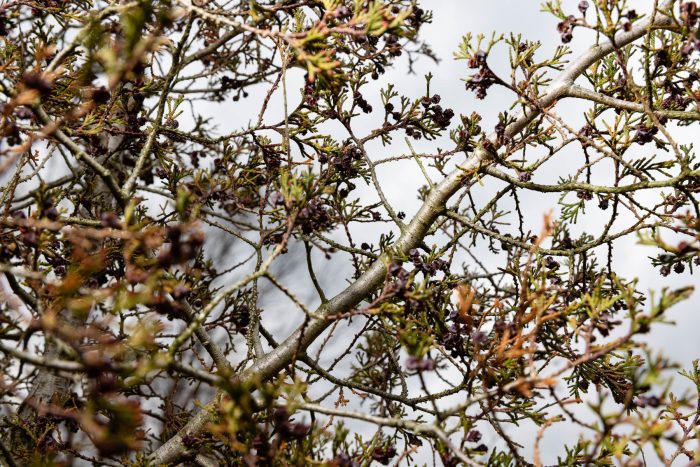Atlantic White Cedar
Chamaecyparis thyoides
The Atlantic white cedar is a tall evergreen tree with scaly, fan-shaped foliage and a cone-like shape. It grows in swamps, marshes and other wet areas near the coast in Delaware, Maryland and Virginia.

